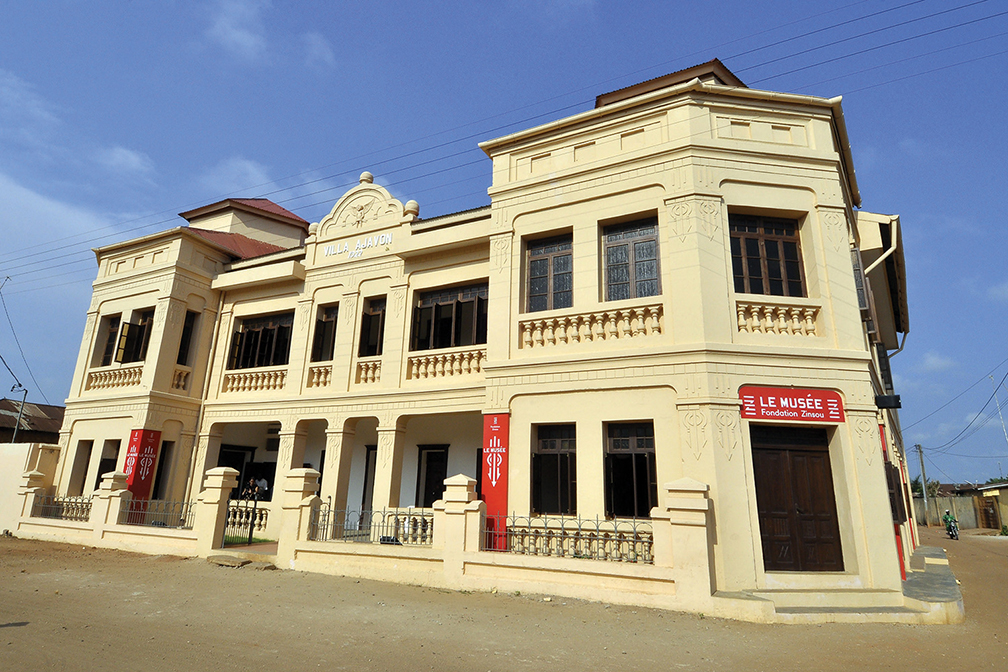AGENCE FRANCE-PRESSE
Until 2013, the only tourist attraction in the Benin town of Ouidah was a massive monument to the area’s bleak history as a slave trading hub. Now the town is the home to something entirely different — the first Sub-Saharan Africa museum dedicated to contemporary African art.
The Zinsou museum, in an ornate 92-year-old villa, has attracted 13,000 visitors since its launch in November 2013 — an impressive tally for an out-of-the-way town in the sparsely visited nation of Benin.
The reputation — and monetary value — of contemporary African art has steadily risen in recent years. Curators and collectors from North America and Europe frequently fly to artistic hubs like Lagos, Nigeria, seeking new talent and new work by established names.
The Zinsou Foundation opened in 2005 at a building in Benin’s largest city of Cotonou, where access was free to view African and foreign art. The foundation attracted 4 million visitors in eight years, mostly students 15 and younger. As it became more established, the Zinsou Foundation began acquiring a diverse collection of contemporary African art with the goal of opening a permanent museum.
The Villa Ajavon, an expansive cream-colored home built in 1922 by a Togolese trader, drew the foundation to Ouidah, a town of 60,000 people 40 kilometers from Cotonou.
The slave trade monument in Ouidah is a huge archway with two long lines of naked, chained men in bas-relief along the top, suggesting the group is being marched into the Atlantic Ocean.
Hundreds of thousands of Africans were believed to have been condemned to slavery from the beach below the archway. The Villa Ajavon in a sense defies that history, having been built by the descendants of slaves who returned from the Brazilian city of Bahia in a style influenced by Brazilian and African architecture, the foundation said.
Although the villa needed to be renovated to host a museum, the priority was to preserve its original structure. Air conditioning in the main hall was therefore forbidden so as to not disfigure the exterior. Those who want to see the museum’s collection must be prepared to sweat.
Air circulates through sunlight corridors where the works of leading African artists are on display.

